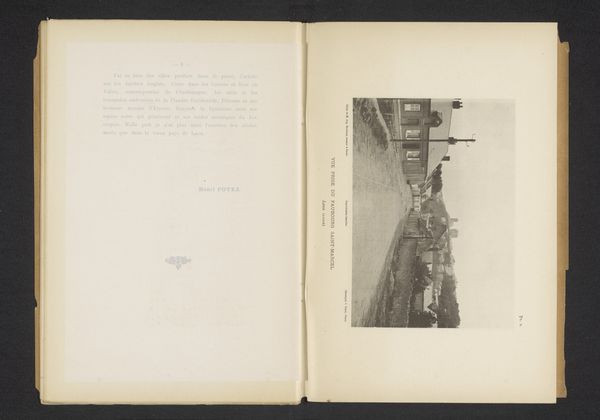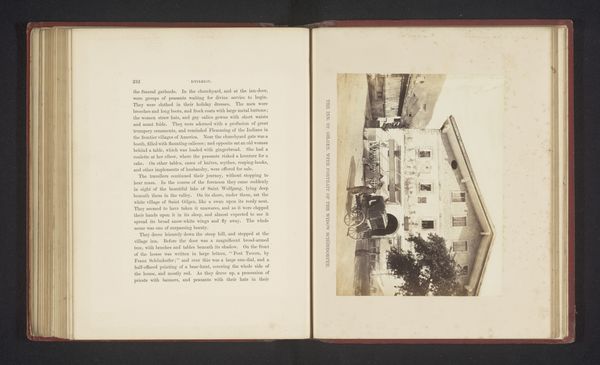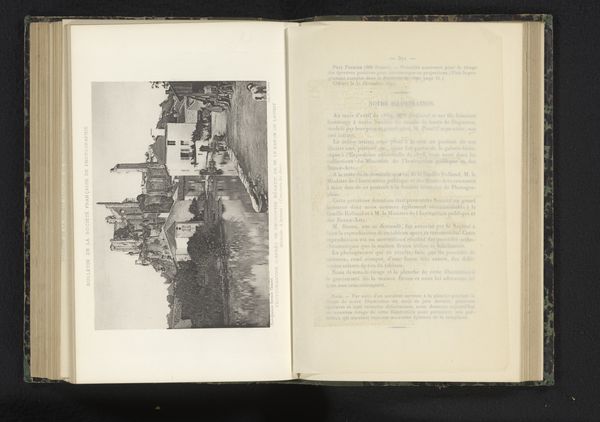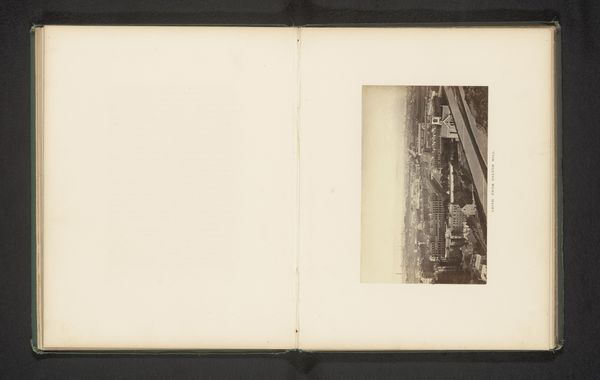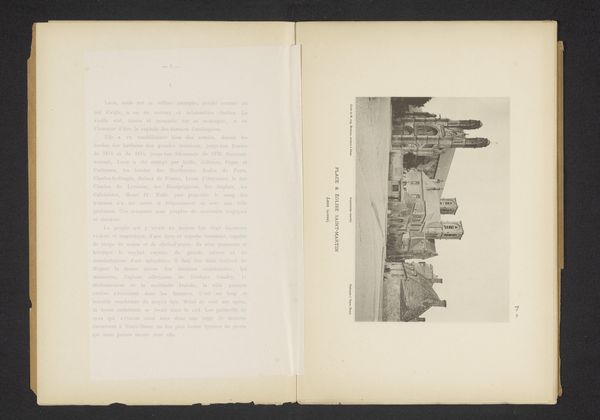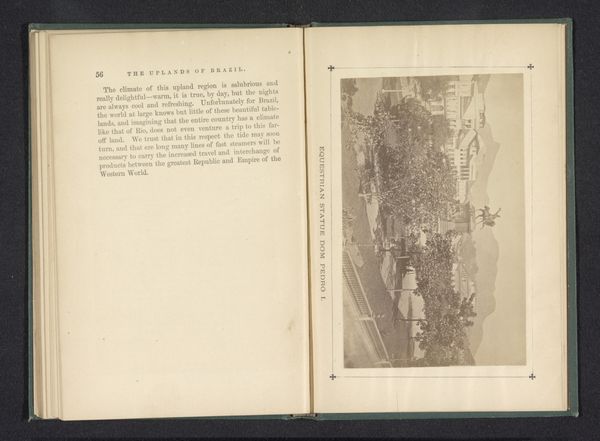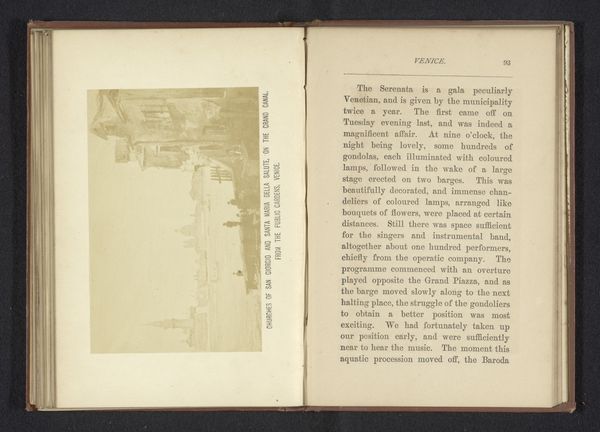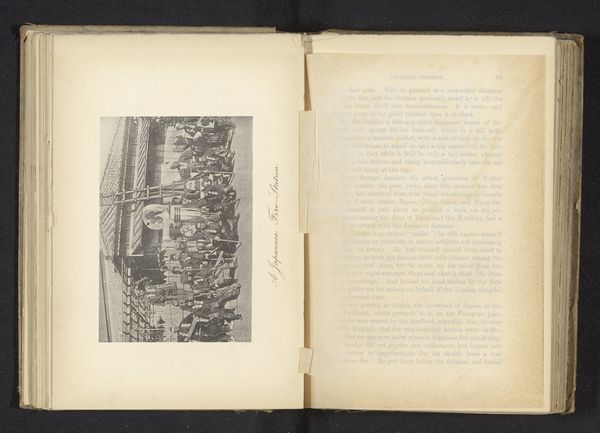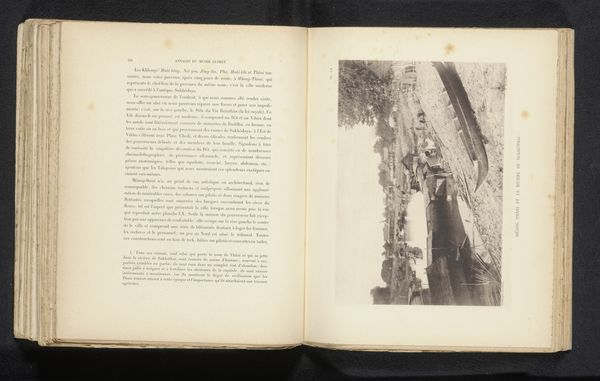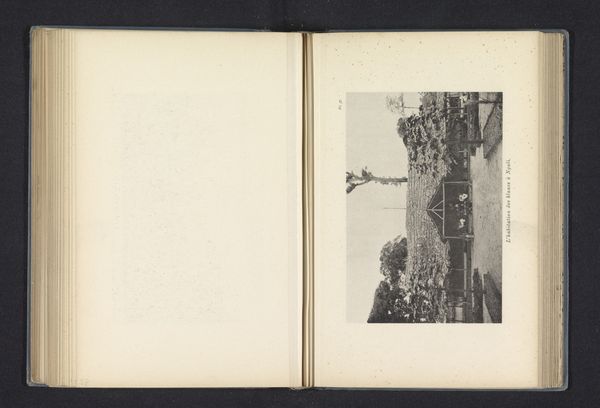
print, photography, albumen-print
# print
#
photography
#
cityscape
#
albumen-print
Dimensions: height 119 mm, width 168 mm
Copyright: Rijks Museum: Open Domain
This engraving by Jules Royer depicts the Porte d'Ardon in Laon, France. Royer offers us a glimpse into a specific locale, but also into the broader context of French architectural preservation and cultural identity. The choice to depict a medieval city gate speaks to the 19th-century fascination with history and national heritage. France, like many European nations, was grappling with questions of identity and sought to define itself through its past. Architectural monuments like the Porte d'Ardon became symbols of national pride, preserved and celebrated as tangible links to a shared history. To fully understand this image, we can consult historical archives, urban planning documents, and cultural studies of 19th-century France. We can explore the institutional history of heritage preservation, and how the conservation of monuments reflected and shaped ideas of French identity. The meaning of art lies not just in the image itself, but in its intricate connection to social and institutional contexts.
Comments
No comments
Be the first to comment and join the conversation on the ultimate creative platform.
